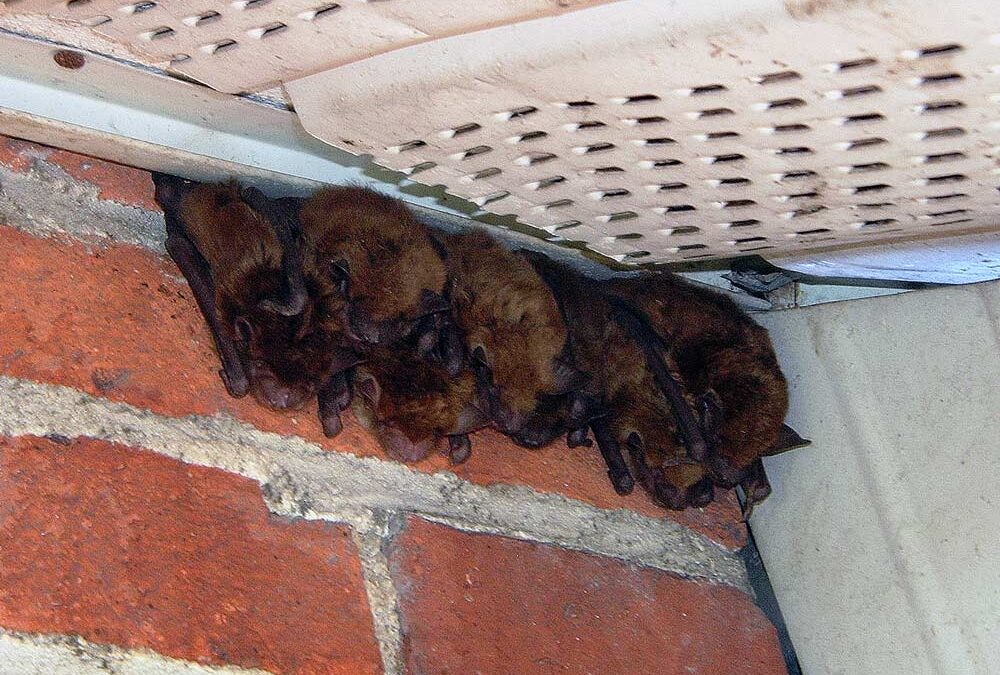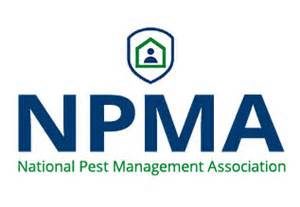Bat Identification
Bats are the only mammal with wings, making them quite easy to navigate. They are most active during twilight hours, although they are technically nocturnal and may remain active throughout the night. Twilight just happens to be a perfect feeding time for bats, since their diets consist mainly of flying insects, which tend to be most active during that time.
It can be difficult to determine exact subspecies of bat, but it is essential that property owners who wish to exclude them from their homes at the very least make some important observations about their bat populations prior to beginning the exclusion process. Different subspecies of bat exhibit different behaviors and birthing seasons and come in different sizes, so it’s essential to at the very least attempt to determine which subspecies is infesting the home prior to taking acts to remove them. Spend at least one night observing the building at dusk with a sketchpad to mark the locations that these animals are entering and exiting the home and note down any features that seem important such as size and flight patterns.
Bat Exclusion
Each bat consumes between 100 and 1,000 insects every night, making them one of nature’s most effective forms of insect control. This helps to explain why wildlife control companies do not exterminate bat colonies but instead choose to humanely exclude them from the households and commercial buildings. Bat exclusions are most effectively performed by professionals; however, enterprising property owners can successfully undertake this task if they have adequate experience and equipment.
The first step toward successfully excluding bats from a building is to identify all potential entry and exit points. This can be extremely challenging, as bats are able to fit through gaps as small as 3/8 of an inch and many of these flying mammals change their entrance and exit points throughout the season.
When attempting to identify bat holes, look for brown staining and bat droppings, which tend to emit a strong odor. This task is always best performed at night, as there’s no way to tell whether a bat hole is currently in use without actively seeing the bats entering and exiting the building. It’s entirely possible that a hole with noticeable droppings and staining is not currently in use, and there’s no way to tell if this is the case through a daylight inspection.
Setting Up the Exclusion
One-way exclusion netting and funnels are available to property owners who want to exclude bat populations from their buildings. These nets and funnels are designed to allow bats to fly out naturally but prevent them from flying back in once they have finished feeding. It can be quite challenging to get these exclusion devices set up perfectly to allow bats easy egress from the building without allowing them to come back in, and if they’re not set up perfectly the bats just won’t exit the home at all.
Observe the Results
Once the exclusion devices have been placed, observe the building at twilight each night to see whether the bats are able to exit naturally and whether or not they are able to return when they are done feeding. If the exclusion device is working properly it should be left in place for at least a few days and observed nightly. Once there are no more bats exiting the building, property owners can begin the process of preventing reinfestation.
Bat Prevention
Once all existing bats have been removed from the building, it’s time to seal up their entry holes. Pay particular attention to areas such as roof edges, fascia boards, vents, chimneys, and loose tiles. Bats tend to enter via holes that are at least eight feet above the ground, although they can also enter through lower points.
Property owners who have done their homework and have spent some time observing their bat populations and sketching entry and exit points will be in a better position to determine where they are. Most professionals suggest performing this preventative maintenance at night with a headlamp, as it’s easier to see even small holes.
Once all of the holes have been identified, it’s time to seal them. This can be accomplished using sealant or netting. No matter what type of material is used to seal these holes, it’s essential that they are sealed completely and permanently, as bats have good memories and often attempt to return to the same buildings even years after they have been excluded from them.
Bat Repellents
Some property owners choose to use bat repellents in addition to exclusion devices. These repellents come in several forms: chemical, audio, and light. However, there are no guarantees as to the effectiveness of any of these products, which is why most professionals suggest exclusion devices and preventative maintenance in bat control rather than repellents.
When to Call a Pro
Property owners who aren’t certain that they have removed all of the bats from their buildings should call a professional prior to sealing up their entry and exit points. Exclusion devices can be difficult to place, especially for those who do not have experience dealing with bats, and it can be even harder to find all of the holes that need to be sealed up. Bat control experts will be able to perform this work both quickly and humanely, helping to ensure that these beneficial flying mammals are kept outside where they can perform their insect control work in peace without becoming detrimental to the lives of human inhabitants.



We are a bat removal company also and this article is spot on. People just don’t understand the importance of wildlife management. Check us out at http://www.wildliferemovalgrandrapids.com